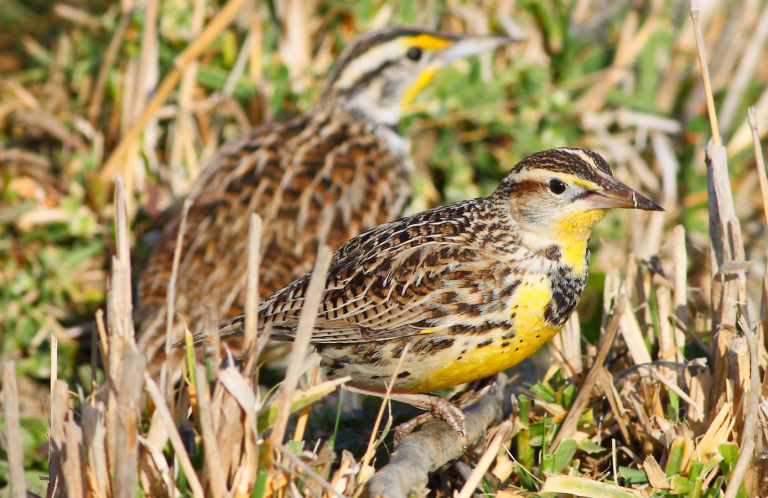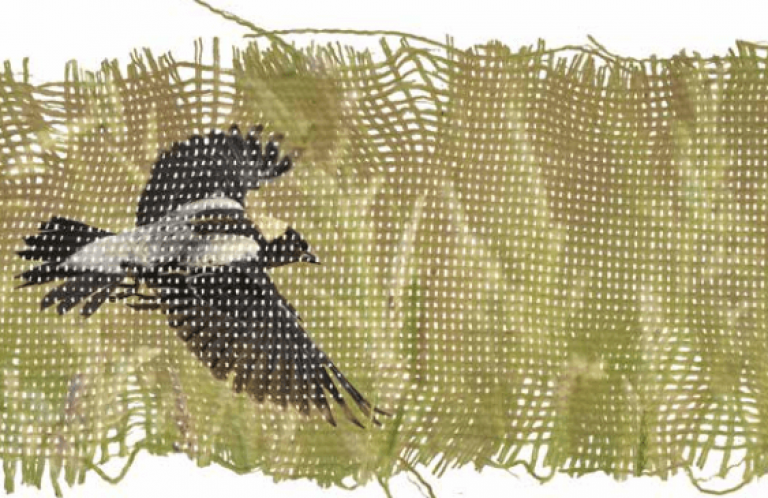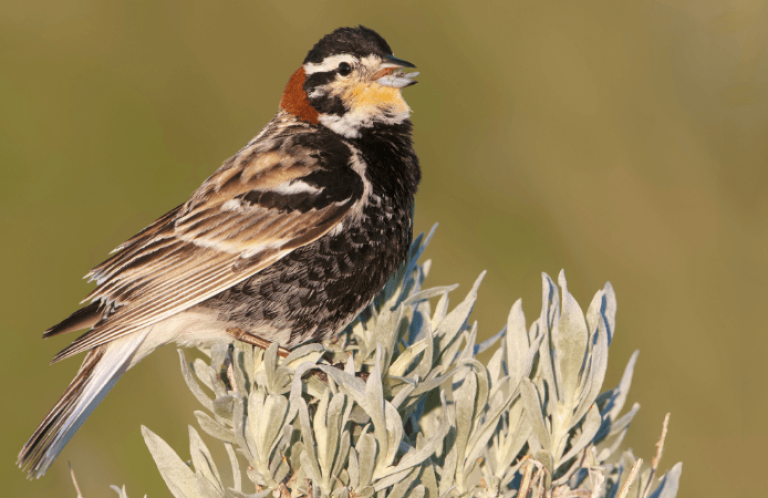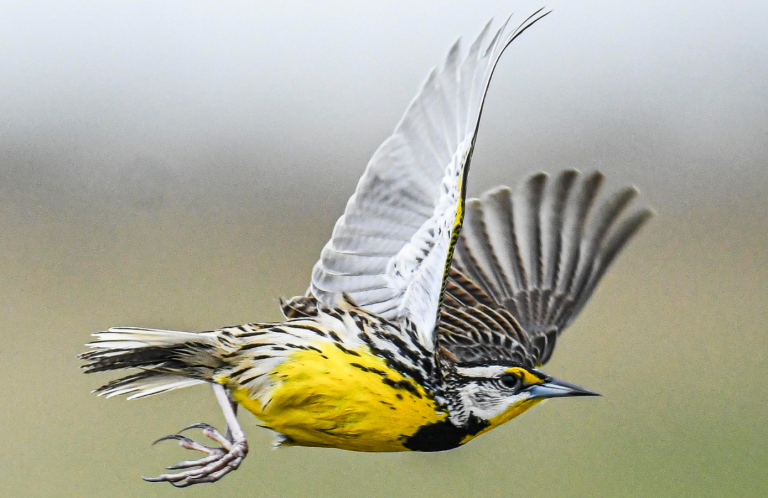The New Farm Bill Could Increase Native Plant Availability for Grassland Birds. Here's How.
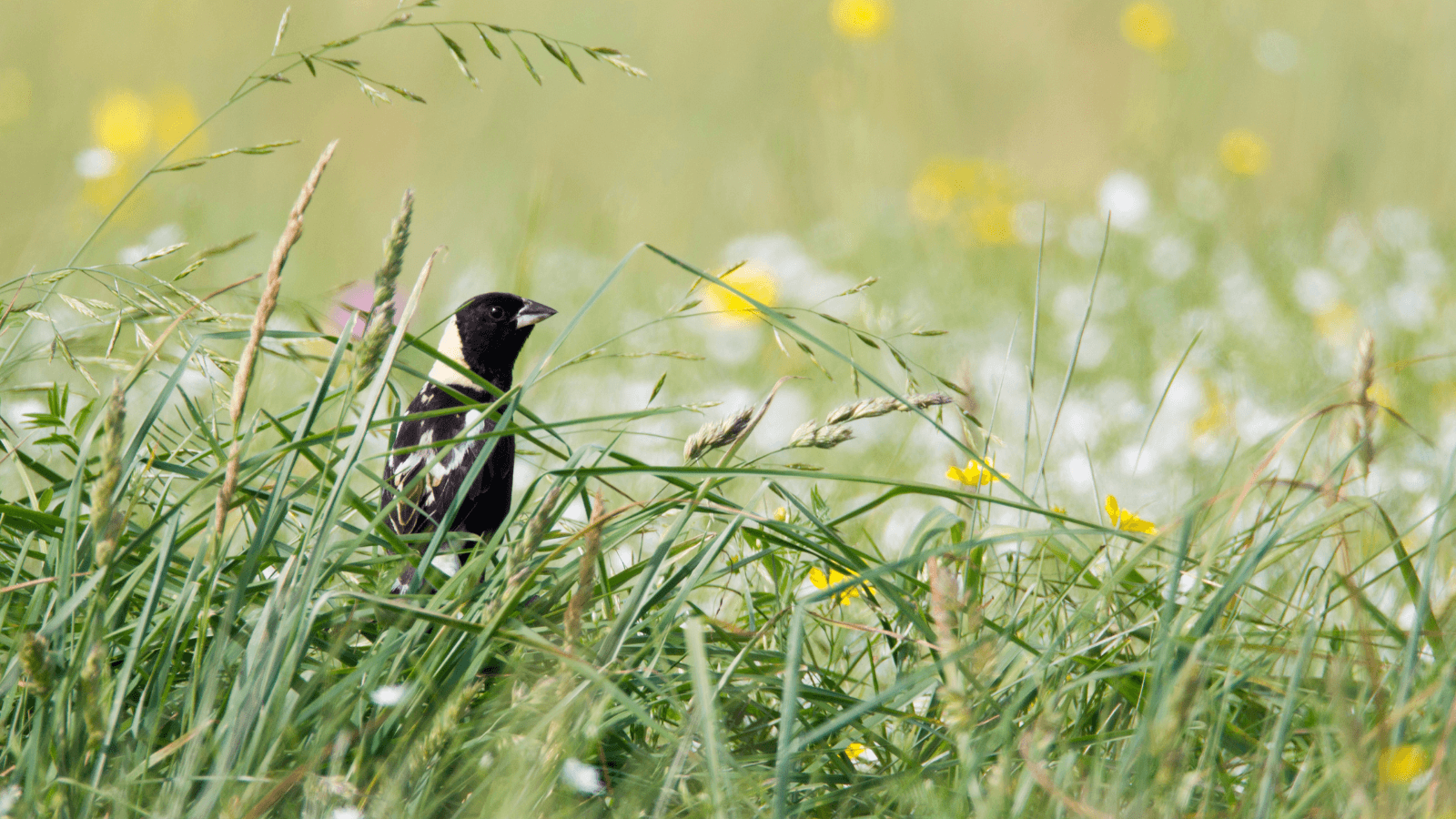
The Farm Bill, the United States' largest source of funding for conservation, is up for revision this year. Drafts of the Farm Bill are being developed now by both Houses of Congress, though the new legislation probably won't be completed until 2024. A lot still has to happen before Farm Bill legislation can be introduced, consolidated through a conference committee, signed by the President, and become law. During that window, citizens have the opportunity to make their voices heard — including by speaking up for better provisions for bird conservation.
Though the Farm Bill already does some good things for bird habitat through programs that provide for improved habitat and provisions that discourage habitat destruction, there are ways we can make it even better. Such improvements are essential for grassland birds, including the Western Meadowlark and Bobolink, which is the fastest-declining group of land birds in the U.S. — half of them have been lost since 1970.
With the largest threats to grassland birds being habitat loss, fragmentation, and degradation, it should come as no surprise that conserving grassland birds starts with conserving grassland habitats and specifically the plants that are the foundation of those areas. One way to do this through the Farm Bill is with the Conservation Reserve Program (CRP). This program pays landowners a set cash rent value to set aside tracts of land for an extended period of time, normally ten to 15 years.
These tracts of land have traditionally been croplands that are conserved by planting fields with grasses and forbs (herbaceous flowering plants) to provide soil, water and wildlife benefits. The program has been around since 1985 and has been called the U.S. Department of Agriculture's (USDA's) flagship conservation program. Unfortunately, under the current Farm Bill, more landowners want to enroll than are able to. Enrollment is currently capped in law at 27 million acres, but ABC is calling for an expansion to 70 million acres.
Another way to improve programs like the CRP is by encouraging the use of a diverse array of native flowers and grasses when replanting. Administrative barriers make it too easy to plant a few exotic species, when what is most needed for conservation is a broad suite of native grasses and wildflowers to emulate the form and function of the prairie that was there prior to crops.
Native plants provide a number of benefits. They are better suited to the conditions of their region of origin than introduced (also known as exotic) plants, and they provide more food for native insects and birds. They also offer better, more diverse habitat and are superior at storing carbon, in conjunction with native soil microbes. These species also are better suited for the climate, meaning they tend to be more drought-tolerant and overall more resilient. Encouraging native plant growth just makes good sense.
ABC is seeking to make two additional changes in the Farm Bill that would make a world of difference in the way we use native plants. And, if used together, it probably will not add any cost:
- First, ABC would like to see a much greater use of native plants in conservation programs. ABC is supporting the inclusion of language in the Bill that directs the USDA to “use native plant materials in conservation practices whenever practicable.” This simple change in the law will result in a much greater use of native plants. More native plants will mean better habitat for birds.
- Second, ABC and partners are encouraging the USDA to make a switch from the arcane use of seed mixture designs that are based on pounds-per-acre in exchange for the more modern system that uses seeds-per-square-foot. The latter is much more specific and allows for the optimal proportion of seeds to be included in the mixture to maximize their positive contribution to wildlife habitat.
The pounds-per-acre method is an unnecessarily blunt instrument that was originally used as a simple means for designing very basic seed mixtures consisting of cheap and readily available seed. The seeds-per-square-foot method is surgical by comparison, in that it considers the needed densities of each of many individual species; it asks and answers the question, “how many of these species do we need to grow in a given space?” It allows for a much higher diversity of plants at similar prices to the less diverse pounds-per-acre method.
You can learn more about ways the Farm Bill could aid bird habitat conservation in the U.S. by checking out ABC's Bird-Saver Farm Bill Platform.
Remember, you have a voice that matters. Members of Congress are very much influenced by constituents contacting them, especially when constituents provide very specific requests. ABC makes contacting our Members of Congress easy through our Farm Bill Action Alert. You can also contact Members of Congress by email or phone, visit your local District Office, or schedule a trip to Washington D.C. Another important way to help is by supporting ABC's Farm Bill policy effort through your financial contributions. Together we can impact millions of acres in America's heartland.






































